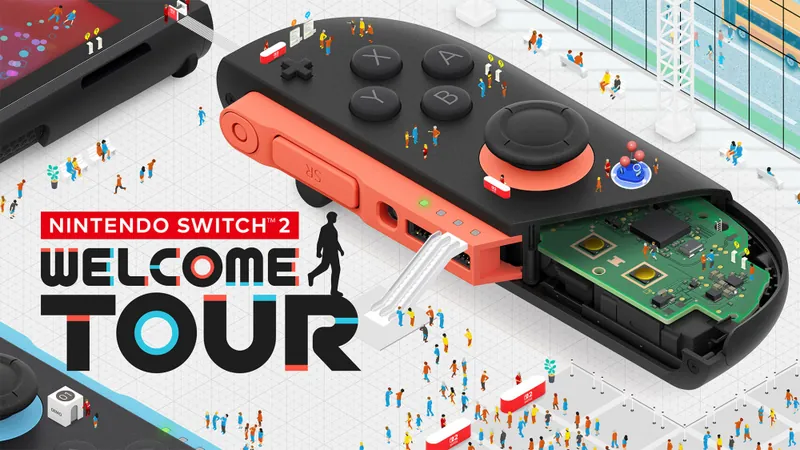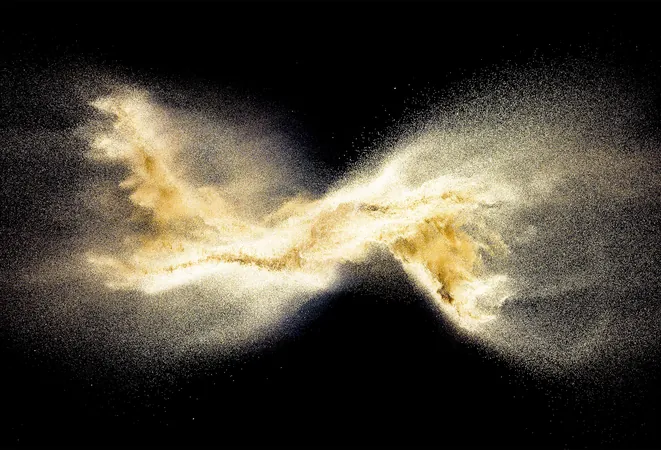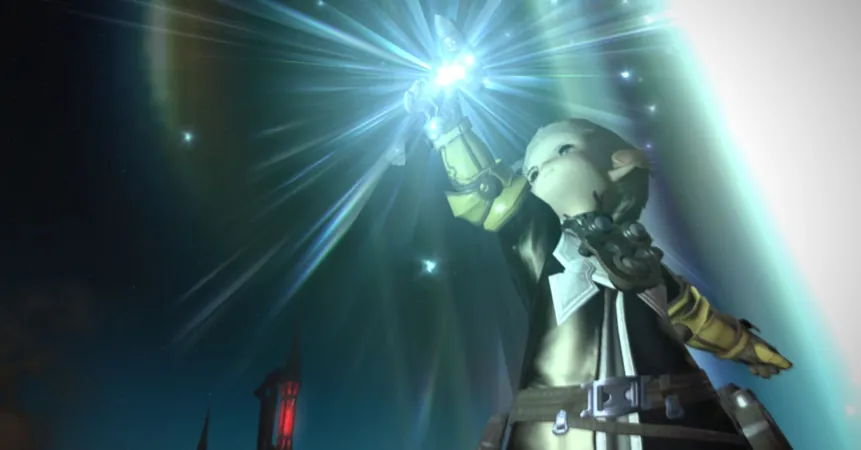
Mind-Blowing Insights on Assassin's Creed Shadows: Developers Reveal the Dilemma of Baked Lighting vs. Ray Tracing!
2025-05-12
Author: Jessica Wong
Why Baked Lighting is Becoming a Thing of the Past
At this year's Game Developer Conference, intriguing revelations surfaced about **Assassin's Creed Shadows** that could change the way we think about game development. Ubisoft's Nicolas Lopez shared insights on the growing trend of developers ditching baked lighting for the more efficient ray tracing technology.
The Heavy Costs of Baked Lighting
As the complexity of game worlds skyrockets, the challenges of using baked global illumination become glaringly obvious. For instance, while **Assassin's Creed Unity** boasts stunning baked lighting due to its smaller, fixed environments, the same technique would have been a nightmare for **Assassin's Creed Origins**—requiring 450 GB of lighting data and three months of rendering.
But the stakes are even higher for **Assassin's Creed Shadows**. Developers revealed that employing the same method would have seen a staggering 2 TB of lighting data, along with an almost two-year baking process. This daunting requirement underscores why the industry is rapidly pivoting towards ray tracing.
Ray Tracing: A Game-Changer for Developers
Lopez noted that while both baked and ray-traced options are currently supported, the goal is to embrace ray tracing more fully in future projects. This technology fundamentally simplifies the development pipeline, making it a more attractive option for studios.
Console Showdown: Xbox Series X vs. PlayStation 5 Pro
The presentation didn't just stop at lighting techniques; it also included performance metrics for **Assassin's Creed Shadows** on consoles and PC. For instance, using an RTX 4080 GPU for ray-traced global illumination, it was revealed that the **Xbox Series X** outpaced the base **PlayStation 5** in performance—clocking in at 4.30ms compared to the PS5's 5.00ms.
Interestingly, the **Xbox Series S** even delivered better performance, but this was attributed to its lower internal resolution of 900p compared to the 1440p of its more powerful counterparts. Meanwhile, the **PlayStation 5 Pro** stood alone in supporting ray-traced reflections, highlighting the clear edge it holds in that department.
Conclusion: The Future of Game Lighting Looks Bright
With these revelations, it's clear the gaming landscape is on the brink of a transformation led by ray tracing technology. As more developers lean away from traditional baked lighting, the potential for visually stunning and more complex game worlds is becoming a reality. Stay tuned, because the future of gaming just got a whole lot brighter!




 Brasil (PT)
Brasil (PT)
 Canada (EN)
Canada (EN)
 Chile (ES)
Chile (ES)
 Česko (CS)
Česko (CS)
 대한민국 (KO)
대한민국 (KO)
 España (ES)
España (ES)
 France (FR)
France (FR)
 Hong Kong (EN)
Hong Kong (EN)
 Italia (IT)
Italia (IT)
 日本 (JA)
日本 (JA)
 Magyarország (HU)
Magyarország (HU)
 Norge (NO)
Norge (NO)
 Polska (PL)
Polska (PL)
 Schweiz (DE)
Schweiz (DE)
 Singapore (EN)
Singapore (EN)
 Sverige (SV)
Sverige (SV)
 Suomi (FI)
Suomi (FI)
 Türkiye (TR)
Türkiye (TR)
 الإمارات العربية المتحدة (AR)
الإمارات العربية المتحدة (AR)